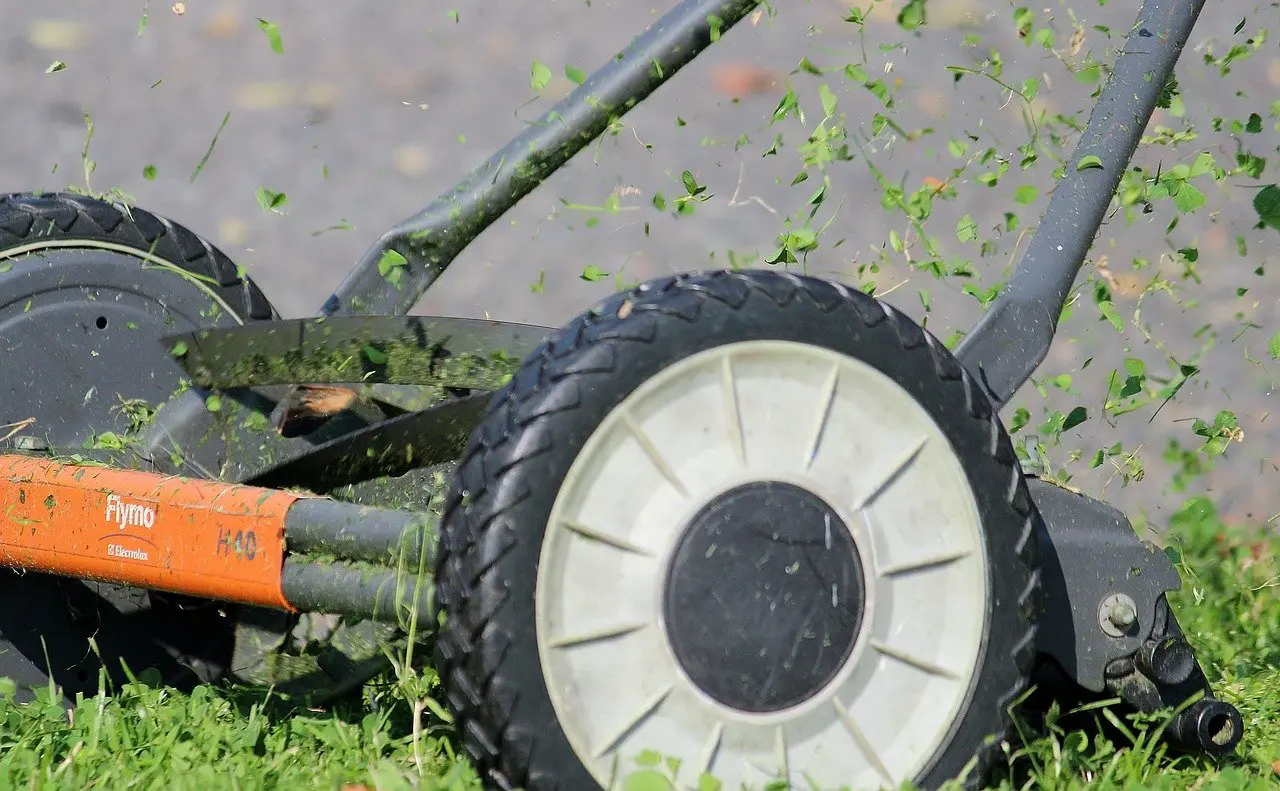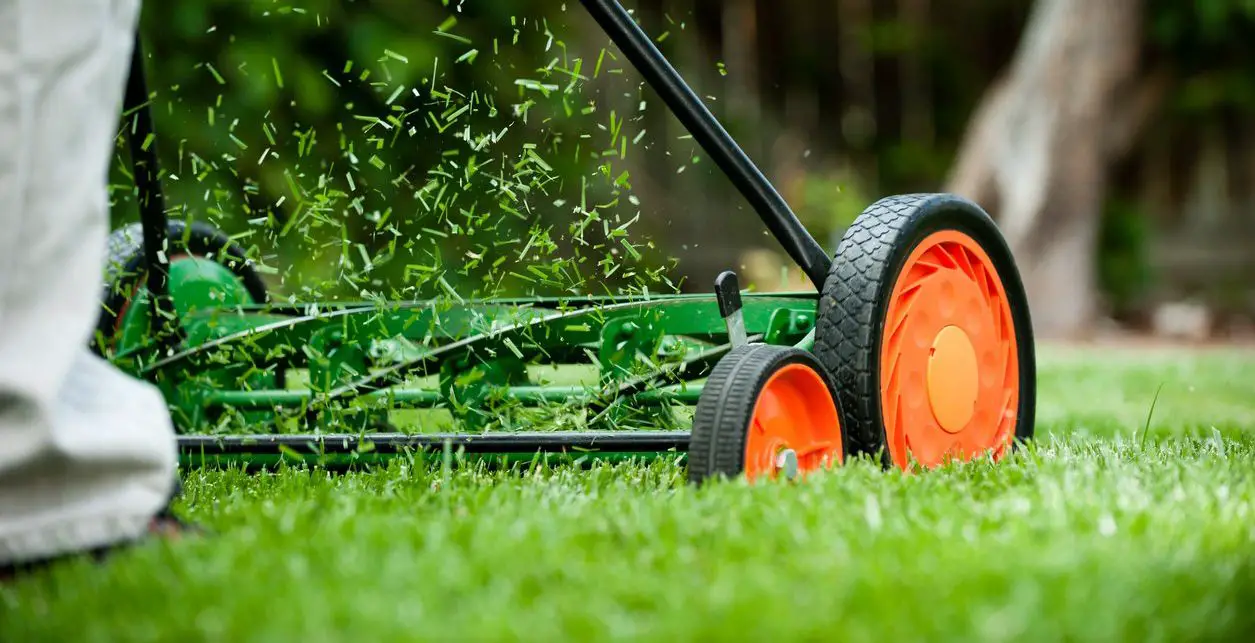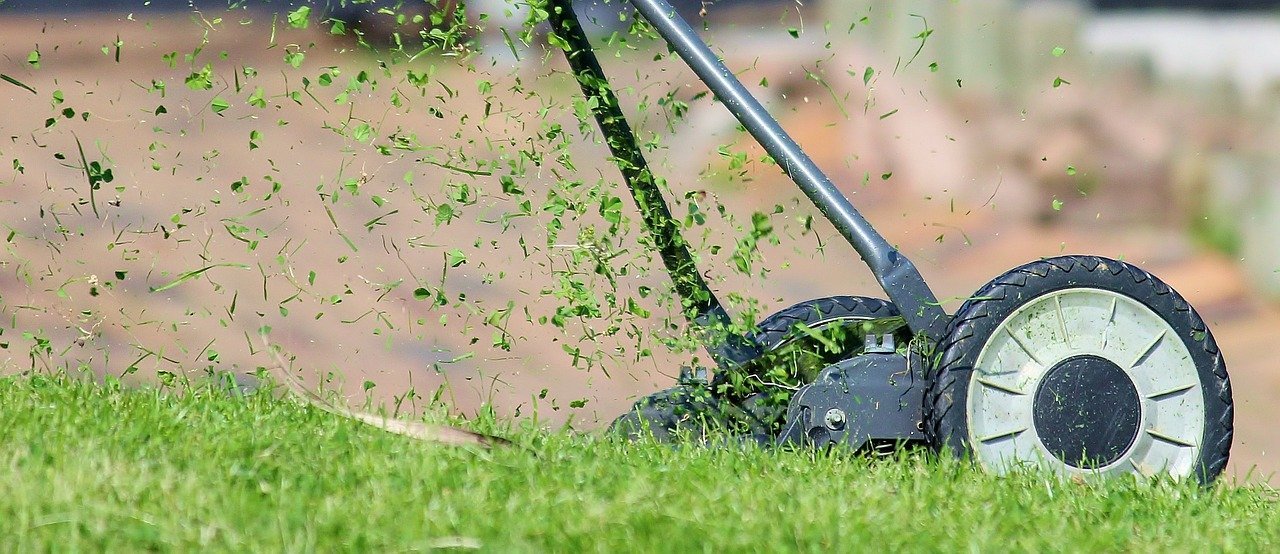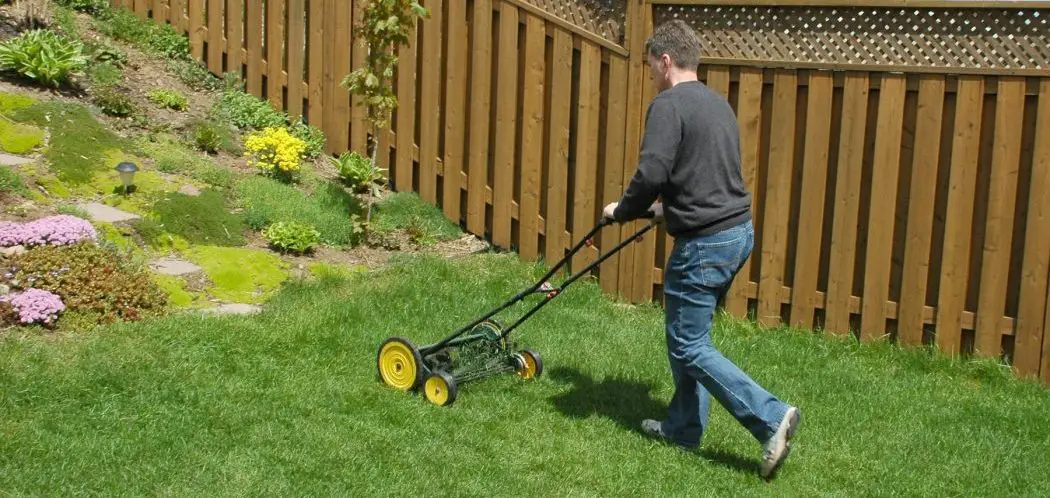Reel mowers represent a precision piece of lawn care equipment. But like any complex machinery, they can suffer from glitches, breakdowns, and need tune-ups. Before panicking or calling in expensive repairs, many routine reel mower problems can be effectively troubleshot and fixed with attentive DIY care.
This comprehensive guide covers:
- Diagnosing typical symptoms and issues
- Step-by-step at-home solutions for minor problems
- Performing basic adjustments and parts swaps
- Recognizing when professional help is warranted
- Getting maximum life and value from your reel mower investment
Arm yourself with the knowledge to become your own reel mower mechanic. Quickly diagnose and fix common problems to keep your turf flawlessly manicured all season through proactive troubleshooting and maintenance.
Uneven Cutting
Visibly uneven, rough cutting with alternating short and long grass blades is one of the most common reel mower problems. But several at-home fixes can potentially remedy it.
Diagnosing the Issue
Uneven cutting usually stems from the reel blades failing to make consistent contact across the bedknife to shear each grass leaf at the same height. This leaves the lawn looking poorly manicured.
Potential Causes:
- Dull or damaged blades along sections of the reel cylinder
- Debris buildup only affecting certain portions of the reel
- Bent or misaligned reel placing blades unevenly against the bedknife
- Incorrect bedknife adjustment, gap, or alignment
- Lawn surface is improperly leveled allowing scalping
DIY Solutions:
- Sharpen blades or replace sections if excessively worn or damaged
- Use a brush and scraper to diligently clean entire reel of debris
- Inspect reel cylinder for damage or bending and straighten if possible
- Reset bedknife gap evenly across entire blade length to proper 0.001” spacing
- Level any visibly high or low spots in the lawn surface
When Professional Service is Needed:
If replacing new sharp reel blades, thoroughly cleaning the cylinder, resetting the bedknife, and evening out the lawn fails to improve cutting consistency, the reel itself may be bent or damaged internally, requiring replacement. Let a technician fully inspect the reel for trueness and alignment.
Excessive Vibration
If your reel mower starts aggressively shaking, rattling or vibrating during use, several causes should be investigated:
Diagnosing the Issue
Too much vibration not only hinders mowing performance but can damage internal components long-term. Determine the source before extensive wear occurs.
Potential Causes:
- Debris buildup stuck inside the reel cutting chamber
- Damaged, bent or broken reel blades
- Out of balance reel cylinder or loose components
- Failing bearings/bushings allowing unwanted movement
- Engine/motor or drive pulley issues
DIY Solutions:
- Clear any collected debris, dried grass, and gunk buildup inside the cutting reel housing
- Inspect reel blades closely for damage and test spin the cylinder, replace if excessively bent or warped
- Verify blades are still intact, balanced and none are missing which would cause wobble
- Lubricate and check bearings/bushings for roughness or looseness, replace if worn or defective
- Check pulley/belt condition and tighten appropriately if looseness is evident
When Professional Repair is Warranted:
If thoroughly cleaning internal components, replacing damaged reel blades, lubricating/replacing bearings, and tightening drive components fails to smooth vibration, internal wear likely warrants shop repair or rebuilding. Excess vibration left unchecked can damage reel housings.
Scalping in Sections
Scalping, or uneven cutting that removes too much grass in isolated sections is a common annoyance. Diagnose the cause before permanent lawn damage happens.
Pinpointing the Problem
Determine if scalping stems from an uneven lawn surface, damaged components, or debris fouling certain reel sections.
Potential Causes:
- Inconsistent lawn terrain with high and low spots
- Damaged, misaligned or improperly spaced bedknife
- Partially dull blades only cutting in certain sections
- Debris buildup fouling a limited portion of the reel
- Bent or damaged reel cylinder in a single area
DIY Remedies:
- Even out any low spots allowing the reel to dip and scalp grass
- Realign and reset bedknife if visibly ground down or bent only in certain spots
- Backlap reel cylinder to ensure even sharpening along its full length
- Remove any debris wrappings or clippings around reel
- Closely check reel for damage and wobble, ensure smooth consistent spin
When to Call for Professional Help:
If the reel shows damage, wobble or inconsistent turning resistance despite cleaning and resetting components, professional grinding or replacement of damaged sections may be required to restore a true edge.
Surging or Bogging Down
Intermittent power issues like surging, sputtering, and bogging can also arise with reel mowers:
Troubleshooting Performance Problems
Determine if the engine is struggling to turn the blades, or the reel itself is binding up.
Potential Issues:
- Clogged air filter starving gas engine of airflow
- Blocked fuel line, jets, ports or carburetor
- Fouled or faulty spark plug when equipped
- Bent or damaged reel cylinder binding rotation
- Debris obstructions restricting reel movement
- Excessively overgrown grass overwhelming the mower
DIY Solutions:
- Replace a filthy, saturated air filter preventing proper airflow
- Clean out fuel system and carburetor of any blockages or varnish
- Test, gap properly or replace old spark plug with performance issues
- Rule out any jammed material obstructing the reel cylinder
- Raise mower height for initial grass-thinning cut then lower for final cut
When Professional Help is Needed:
If the fuel system is spotless, new correctly gapped spark plug installed, reel spins freely yet mower still bogs down or surges, internal engine or drive component wear likely requires diagnosis and remedy in the shop.
Loose Reel Cutting Action
When your reel mowing starts losing its tight precision cut, inspect the following potential issues:
Identifying the Problem
Look for mechanical looseness allowing sloppy cutting rather than an precise shearing action:
Potential Issues:
- Excessive bedknife gap spacing from the reel
- Reel cylinder wobble from looseness or endplay
- Defective or misaligned ball bearings
- Sheared or loose fasteners
- Poor or defective chain/belt tension
DIY Solutions:
- Readjust bedknife spacer screws to reduce the gap for tighter cutting
- Replace worn ball bearings and ensure proper housing fits
- Confirm bearing preload and alignments are correct
- Inspect and tighten any visibly loose bolts, nuts and fittings
- Adjust drive chain/belt tension for optimal power transmission
When Professional Help is Required:
If the reel cuts with excessive play and wobble despite your best adjustments and component replacements, internal wear exceeding home repair capabilities likely requires professional shop intervention. Seek prompt repairs before damage compounds.
Frequent Grass Clumping and Clogging
Frustrating reel jam ups and grass clumping/clogging issues can arise unexpectedly:
Determining the Cause
Assess if environmental conditions, worn blades, or component misalignments are contributing to clogs:
Potential Causes:
- Wet lawn conditions and moist grass
- Excessively overgrown grass overwhelming reel
- Dull blades needing sharpening or replacement
- Damaged or misaligned bedknife
- Blocked grass discharge chute
DIY Solutions:
- Avoid mowing when lawn is soaked for clean cutting
- Raise mower height for initial thinning cut then lower for final cut
- Sharpen or replace damaged, worn dull reel blades
- Reset bedknife to proper minimal gap away from reel
- Clear any clippings obstructing the discharge path
When Professional Help Needed:
If reel clogs and wraps grass even immediately after comprehensive sharpening and bedknife realignment, the reel cylinder may need professional smoothing or refurbishment to remove microscopic burrs and defects grabbing grass.
Noisy Operation
Does your normally quiet reel mower now make worrisome grinding, rattling or metallic banging noises? Conduct inspections for:
Identifying Concerning New Sounds
Isolate the location and components responsible for abnormal sounds requiring intervention.
Potential Issues:
- Low oil level on engine models
- Failing bearings requiring new lubrication
- Debris contact with moving reel cylinder
- Loose fasteners rattling within component housing
- Misaligned parts grinding together
- Unsecured covers rattling against mower frame
DIY Solutions:
- Check and top off engine oil to proper level if low
- Lubricate and replace rough, damaged bearings
- Remove and clear any material wrapped around reel
- Inspect and tighten loose bolts, nuts, screws
- Realign components stopping metal-on-metal contact
When Professional Diagnosis Needed:
If lubricating and tightening components fails to resolve abnormal rattling or grinding sounds, professional diagnosis of failing internal bearings, bent reel components, engine issues, or damaged parts is likely needed to identify the problematic area. Catching problems early prevents extensive damage.
Conclusion
Learning to properly maintain your reel mower by promptly troubleshooting issues as they arise allows extending the dependable service life of these precision cutting machines. Don’t ignore small problems until they escalate into major breakdowns.
Familiarize yourself with common reel mower symptoms and behavior. Follow the organized troubleshooting and repair tips outlined above to tackle basic problems yourself. Recognize when professional assistance is warranted before major damage occurs. Keep your owner’s manual handy and take time to routinely tune-up your reel mower investment. Proactive care yields flawless lawn results season after season.




